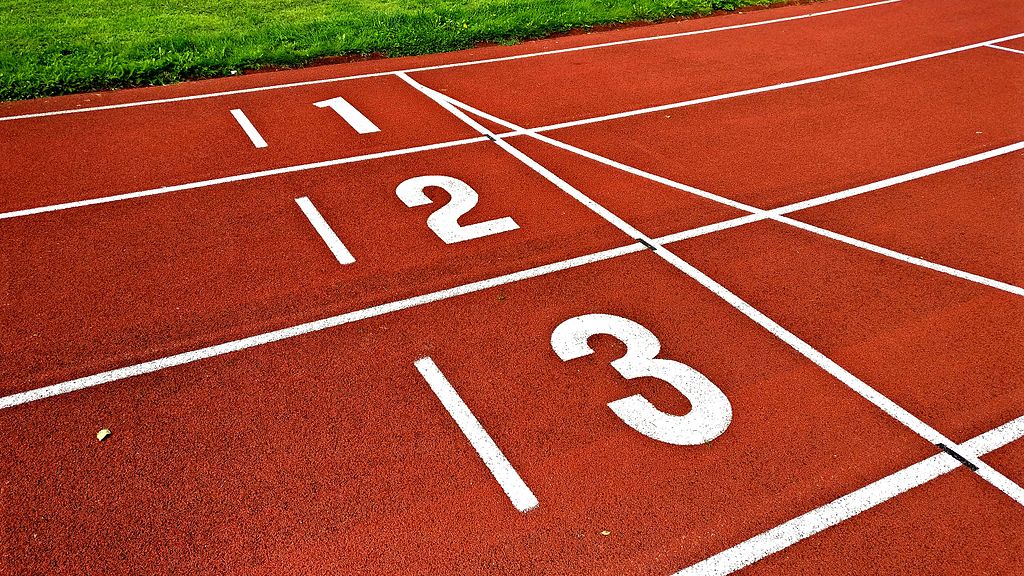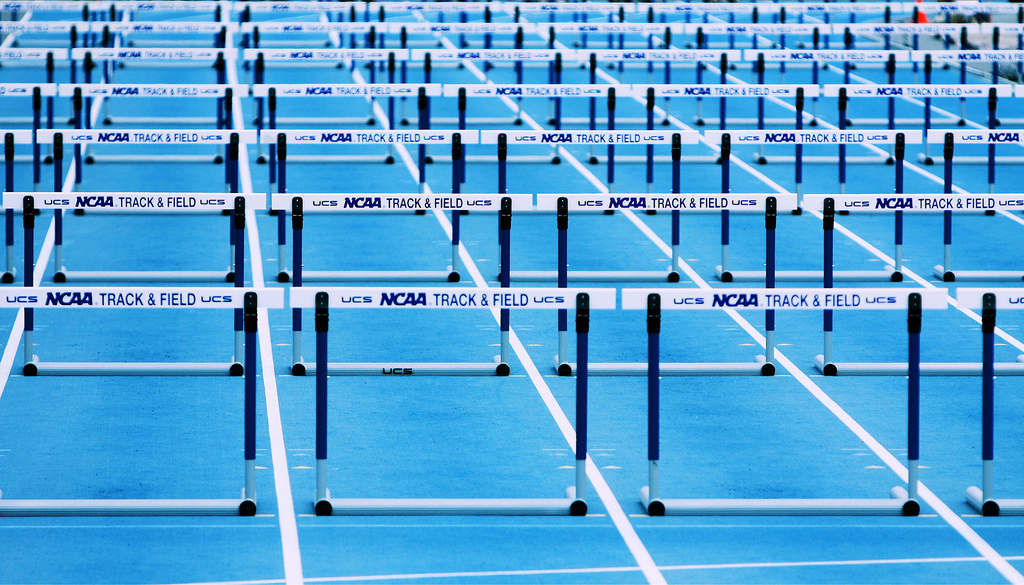In my last post, I explained that the IAAF has a new policy on testosterone testing for female athletes. See that post for the details. I presented an argument against testosterone testing in sport and now I’ll present an argument for it. Which is the better argument? You decide. (Full disclosure: I don’t know.)
The first thing we need to consider is why sports are gender-segregated. It’s not because there’s a need to segregate people with different gender identities (why would we do that?). Sports are gender-segregated for reasons having entirely to do with bodies. The crux of the matter is that people with female bodies would be at a tremendous disadvantage if they competed against people with male bodies. Averaging over different sports and different individual people, male bodies have a 10 percent advantage. With gender mixing, the female-bodied wouldn’t as often qualify for and win events. To enjoy all the goods associated with sport, people with female bodies have to compete amongst themselves.


